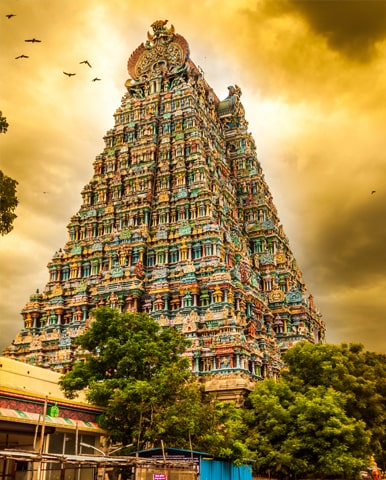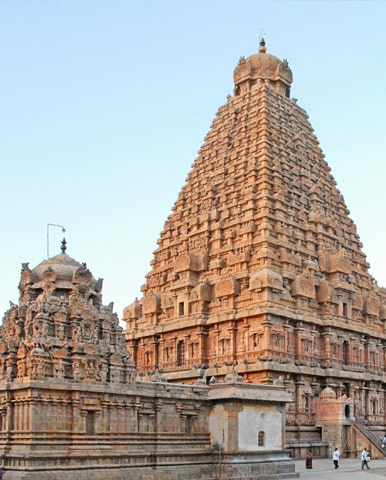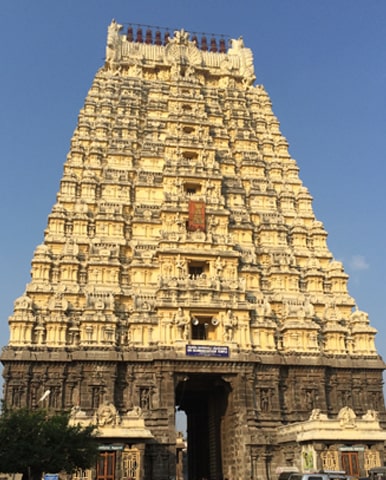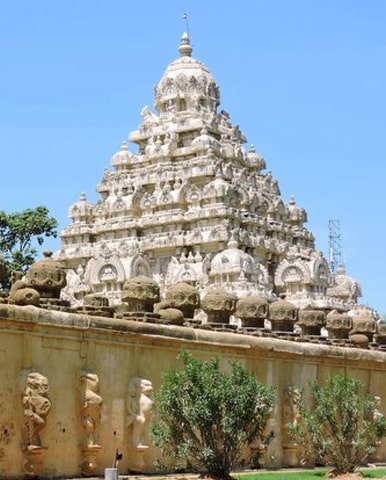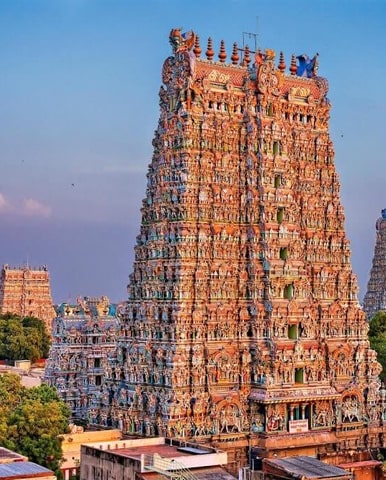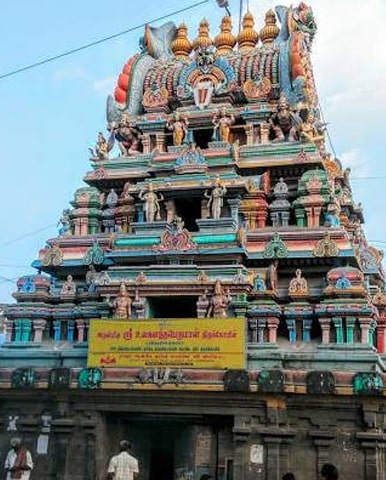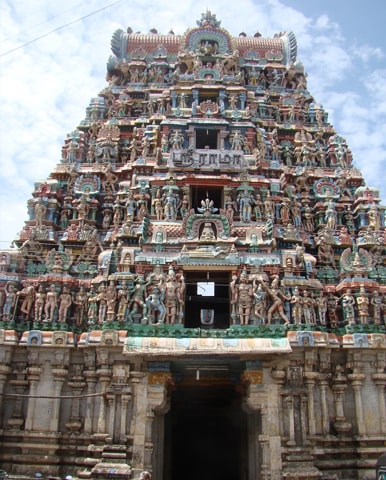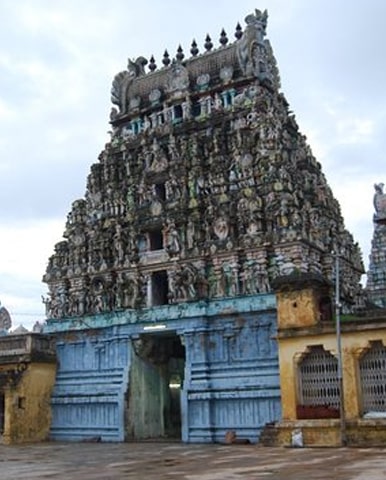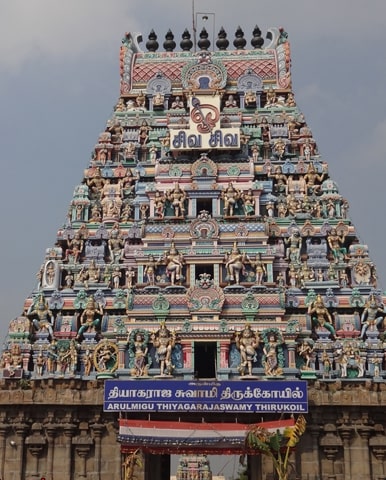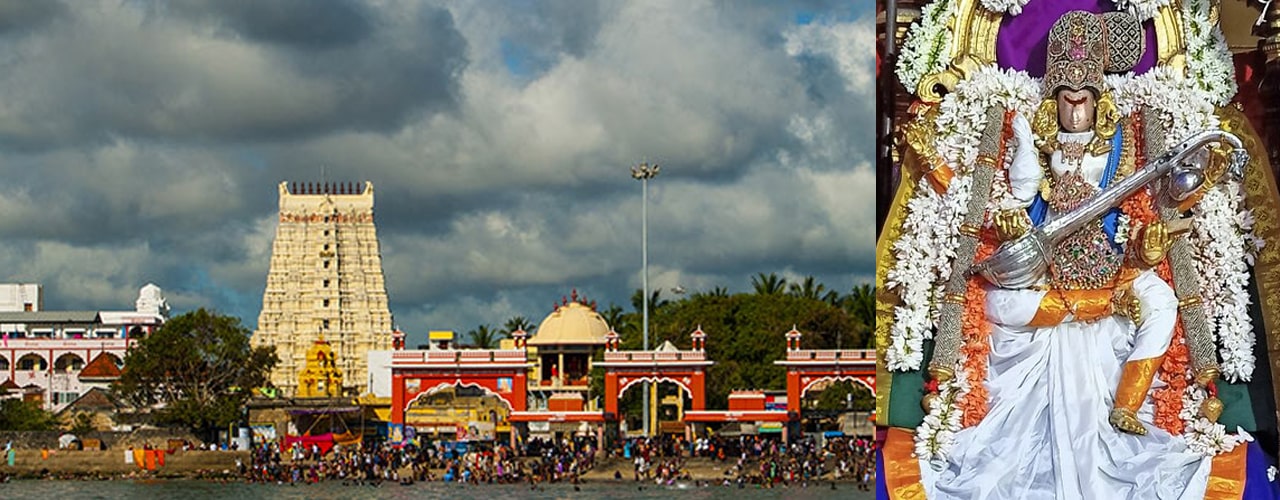
Arulmigu Ramanathaswamy Temple, Rameswaram
Ramanathaswamy Temple (Irāmanātasvāmi kōyil) is a Hindu temple committed to the god Shiva located on Rameswaram island inside the nation of Tamil Nadu, India. It’s also one of the twelve Jyotirlinga temples. It is one of the 274 Paadal Petra Sthalams, wherein the 3 of the maximum respected Nayanars (Saivite saints), Appar, Sundarar and Tirugnana Sambandar, have glorified the temple with their songs. The temple became extended for the duration of the twelfth century by Pandya Dynasty, and its essential shrines sanctum have been renovated through Jeyaveera Cinkaiariyan and his successor Gunaveera Cinkaiariyan of the Jaffna country. The temple has the longest corridor amongst all Hindu temples in India.The temple is positioned in Rameswaram considered a holy pilgrimage website online for Shaivites, Vaishnavites and Smarthas. The presiding deity, the Lingam of Ramanathaswamy (Shiva), become hooked up and worshiped by Rama earlier than crossing his bridge to Lanka.
In line with the Ramayana, Rama, which is the seventh avatar of the god Vishnu, prayed to the god Shiva to absolve him of the sin committed at some point of his war towards the king Ravana in Sri Lanka.Rama wanted to have a massive lingam to worship Shiva. He directed Hanuman, the lieutenant in his navy, to deliver a lingam from the Himalayas. Whilst Hanuman was delayed in bringing the lingam, rama built a small lingam out of the sand available inside the seaside, which is believed to be the lingam in the sanctum
The primary deity of the temple is Ramanathaswamy (Shiva) in the shape of lingam.There are two lingams inside the sanctum – one constructed by means of Rama, from sand, living as the principle deity, Ramalingam and the one delivered through Hanuman from Kailash referred to as Vishwalingam.Rama informed that the Vishwalingam need to be worshipped first because it become introduced by using Hanuman – the subculture keeps even today. Like all ancient temples in South India, there may be a high compound wall (madil) on all 4 aspects of the temple premises measuring approximately 865 feet furlong from east to west and one furlong of 657 feet from north to south with big towers (Gopurams) to the east and the west and finished gate towers to the north and south. The temple has striking long corridors in its interior, going for walks between massive colonnades on systems above five ft high. The second corridor is shaped by sandstone pillars, beams, and ceiling. The junction of the third corridor on the west and the paved way main from the western gopuram to the Setumadhava shrine forms a unique structure within the form of a chess board, popularly called Chokkattan Madapam, wherein the Utsava deities are adorned and stored in the course of the Vasanthotsavam (Spring festival) and at the sixth day pageant in Adi (July–August) and Masi (February–March) conducted by means of the Setupati of Ramnad.
The outer set of corridors is reputed to be the longest inside the world, measuring about 6.Nine m in height, four hundred ft every in the east and west and about 640 toes in the north and the south. The internal corridors are approximately 224 toes every within the east and the west and about 352 ft every in the north and the south.Their width varies from 15.Five toes to 17 ft inside the east and west about 172 feet on the north and south with width various 14.Five toes to 17 ft.The whole period of those corridors is as a result 3850 feet. There are about 1212 pillars within the outer hall.Their top is about 30 ft from the floor to the middle of the roof. The principle tower or rajagopuram is fifty three m tall.Maximum pillars are carved with individual compositions.At the start, Ramanathaswamy Temple changed into a thatched shed. The existing structure changed into the paintings of many people spread over a number of centuries. The satisfaction of place inside the status quo of the Temple is going to the Setupatis of Ramanathapuram. Within the seventeenth century, Dalavai Setupati constructed a part of the main eastern Gopuram. Within the late eighteenth century, the sector-famous 0.33 corridor become constructed through Muthuramalinga Setupati who lived for 40-nine years and dominated between 1763 and 1795. The corridor turned into known as “Chokkatan Mandapam”. The Mukhya Pradhani (leader Minister) become Muthuirullappa Pillai and the Chinna Pradhani (Deputy leader Minister) was Krishna Iyengar. The Setupati’s statue and those of his two Pradhanis (ministers) may be seen at the western entrance to the 0.33 hall.
The composite columns of Virabhadra holding sword and horn are observed be additions of the Vijayanayagara kings in the course of the early 1500s. Similar columns of Virabhadra are discovered in Adikesava Perumal Temple at Thiruvattaru, Meenakshi Temple at Madurai, Nellaiappar Temple at Tirunelveli, Kasi Viswanathar temple at Tenkasi, Krishnapuram Venkatachalapathy temple, Soundararajaperumal temple at Thadikombu, Srivilliputhur Andal temple, Srivaikuntanathan Permual temple at Srivaikuntam, Avudayarkovil, Vaishnava Nambi and Thirukurungudivalli Nachiar temple at Thirukkurungudi. There are separate shrines for Ramanathaswamy and his consort goddess Parvathavardhini separated by way of a hall.There are separate shrines for the goddess Vishalakshi, the utsava photos, sayanagriha, Vishnu and Ganesha. There are various halls in the temple, namely Anuppu Mandapam, Sukravara Mandapam, Setupati Mandapam, Kalyana Mandapam, and Nandi Mandapam.
Share This Post:
How to reach
- By Road: Tamilnadu Road Transportation Corporation buses ply regularly from Chennai, Trichy, Kanyakumari, Madurai and other major cities to Rameshwaram. Andhra Pradesh State Road Transport Corporation buses also ply daily from Tirupati to Rameswaram.
- By Train: Rameshwaram railway station is directly connected via rail to all major stations of Coimbatore, Trichy, Madurai, Thanjavur and Chennai. Major cities of Tamil Nadu are connected to Rameshwaram directly via railway networks. There are various types of trains that arrive and depart from the city such as superfast, express and mail trains.
- By Air: The city does not have an airport of its own, but tourists from different parts of the country can land at the nearest airport at Madurai which is approximately 170 km away from the heart of Rameshwaram city. From the airport, private cabs as well as taxis are available to reach the temple
Related Temples
How to reach
- Nearest airport is Madurai
- Nearest railway station is Rameshwaram
- Nearest bus stations are Trichy and Kanyakumari

